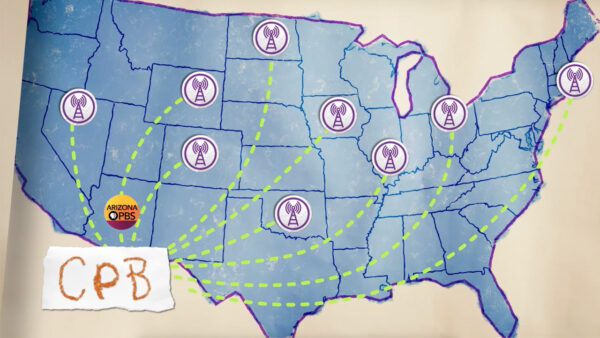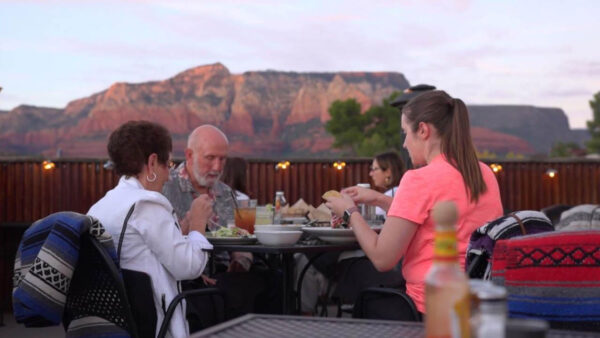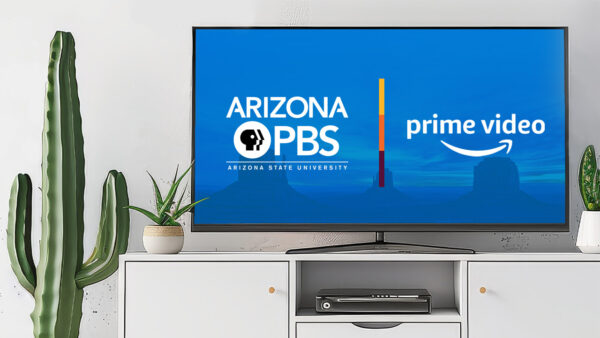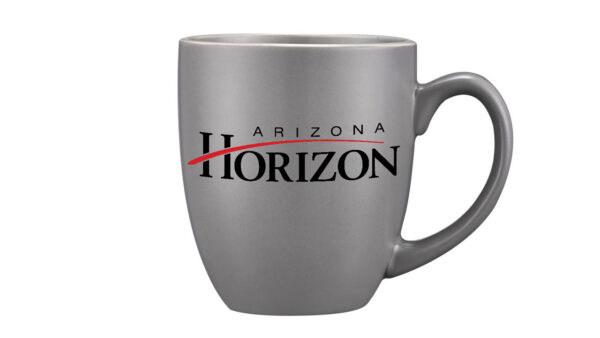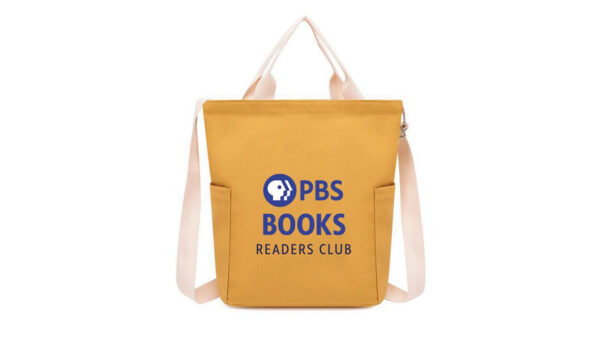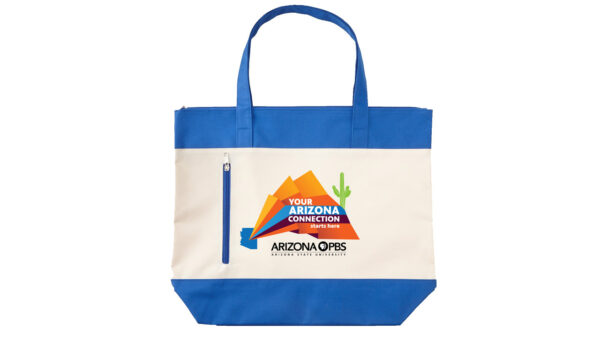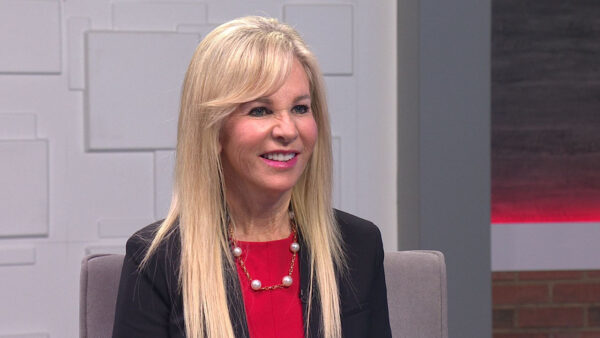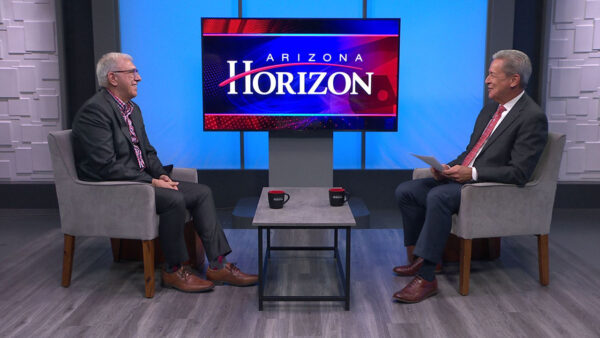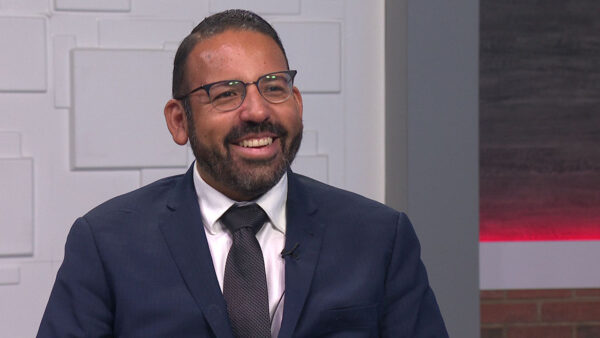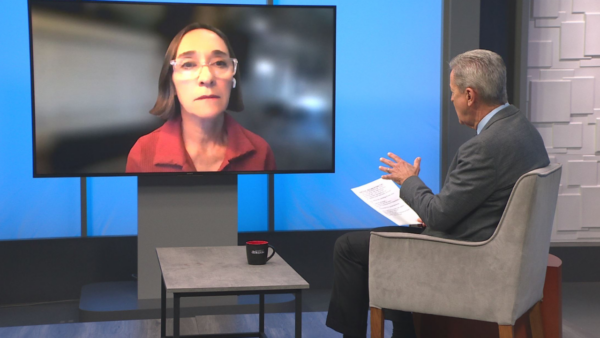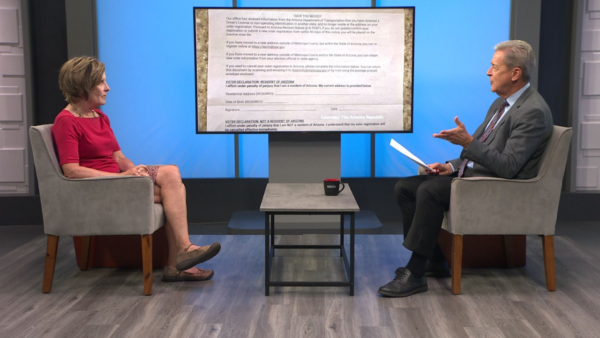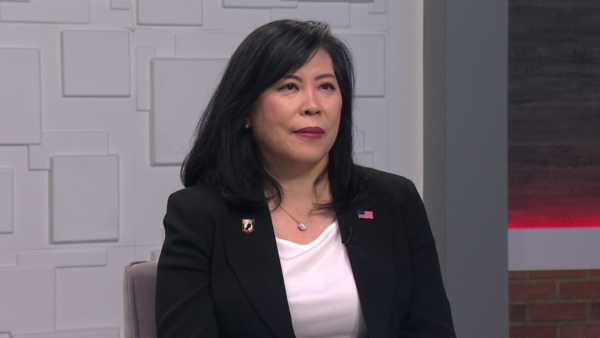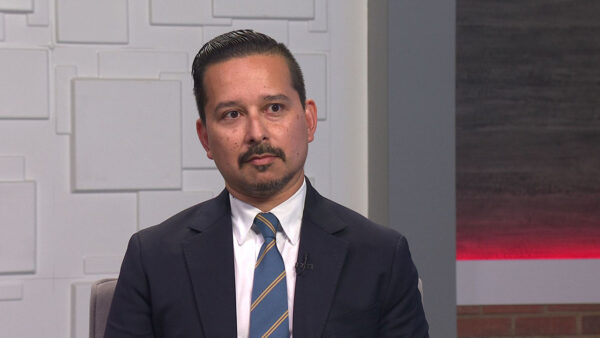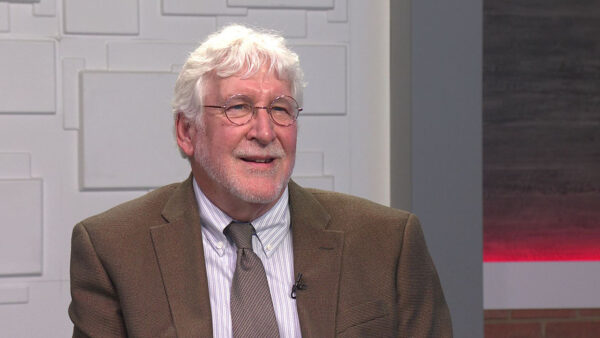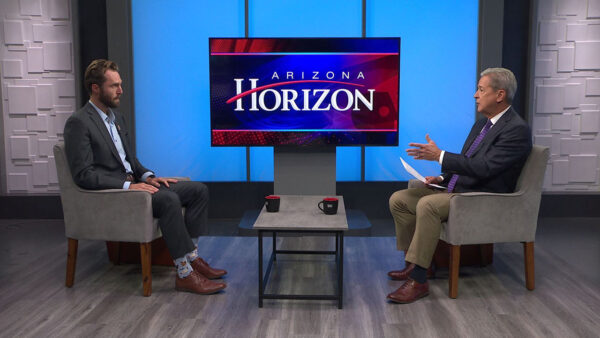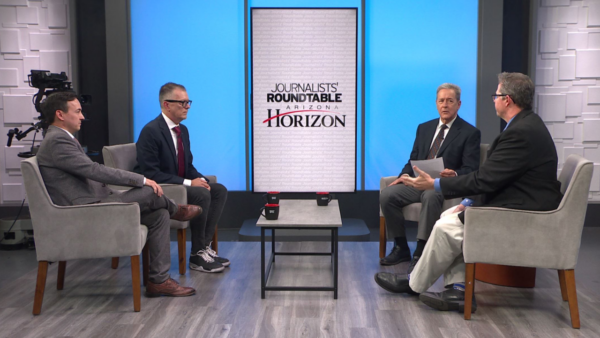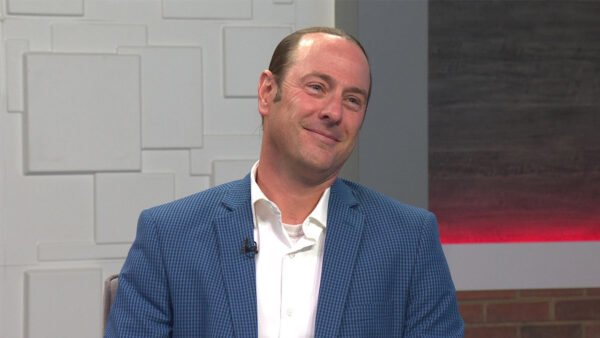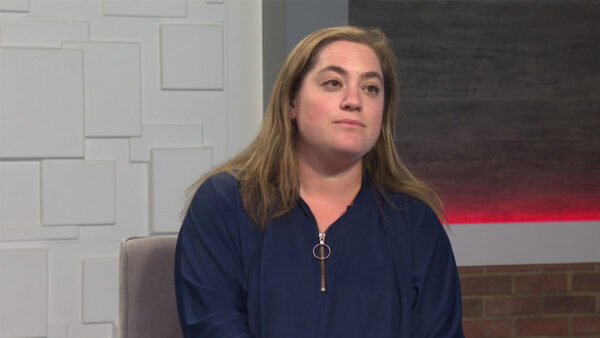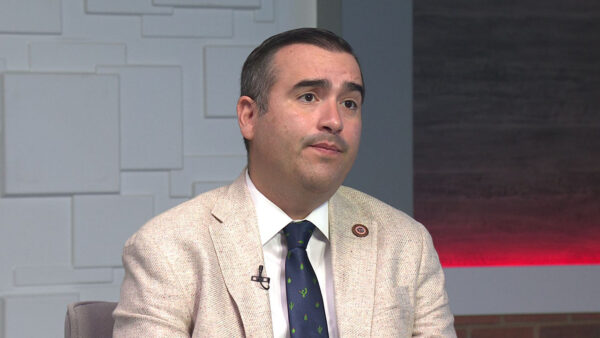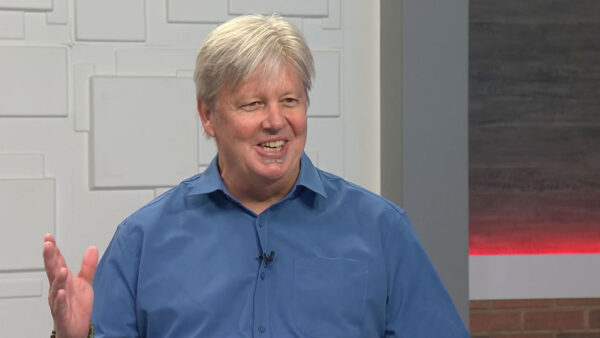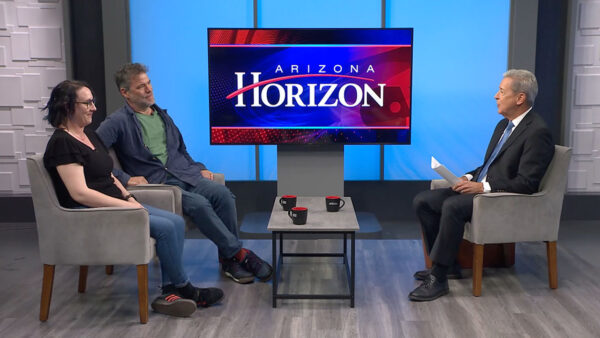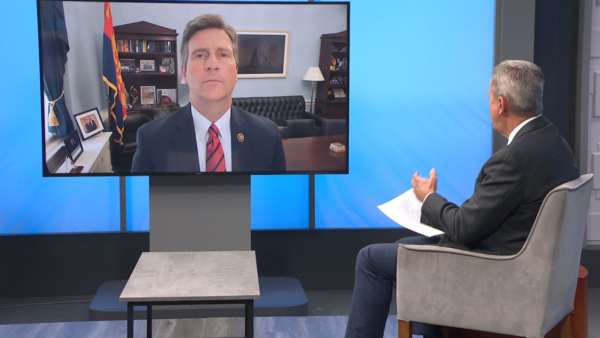A 2010 census on arts education in Arizona has been updated, and it finds that while more students are getting an arts education from a highly-qualified arts teacher, there is still room for improvement. Alexandra Nelson, director of arts-learning for the Arizona Commission on the Arts and Sally Stewart of the Arizona Department of Education will tell us more.
Ted Simons: And an update to the 2010 census on access to arts education in Arizona shows that the number of students without arts instruction has declined but over 100,000 students still lack access to arts instruction by a highly qualified arts teacher. Here now is Alexandra Nelson, the director of arts learning for the Arizona commission on the arts and Sally Stewart of the state department of education. Both these organizations now teamed up for this report. Good to have you booth here. Thanks for joining us is there thank you for having us. So this study, what exactly were you looking at what what exactly did you find?
Alexandra Nelson: Sure, so this is the second in the series, so it's a partial update to the 2010 census, and specifically, it's an analysis of the department's highly qualified teacher data base. So, it's showing us students who have instruction, access to instruction, in arts education, provided by highly qualified teacher. We did find, as you mentioned, that the percentage of students with access is up slightly since 2009, and this was really important for our agencies to know, you know, five years later how had arts education fared through the recession? So, that was good news. The report does show that there is still a gap between policy and practice, and we do still have some work to do to ensure that there is equity around our arts education.
Ted Simons: It looked like it was a 2% increase in five years for public schools and considerable increase in charter students, although I think it's still just slightly above average. What happened? Was there an added emphasis on this or did it just happen organically?
Sally Stewart: I think, Ted, the really important thing is that we have to really applaud the efforts of teachers and schools and administrators, to really support continuing arts education during such difficult budgetary times. I think that that was one of the key things about the numbers. The other thing I think is that community partners and art programs have joined together much like our organizations have joined together to continue that support. Our department of education brings services and support to our local schools and teachers in the education community, that's the job. So, we were there to support them, as well.
Ted Simons: Has there been there is a lot of emphasis on testing, a lot of emphasis on stem. A lot of emphasis on certain things, maybe not so much arts over the years. Has that been recognized and folks are starting to realize it? In arts education, is a good education.
Alexandra Nelson: Well, I know that I do. So, you know, I think that we are really seeing that all content matters, all learning matters for students, and so we know that math and language arts and sciences and social studies, sports, and the arts all provide a different way in for different students to be motivated in their education, so it's really vital that students have access to the arts because for some students, that is the hook that keeps them in school. And we are definitely seeing a lot more attention being paid to them.
Ted Simons: Creativity, teamwork, entrepreneurship, these sorts of things. Arts education can help, can it not?
Sally Stewart: Absolutely. It definitely can help, and I think especially with the organizations that provide that for the community. Alex and I are joined on a couple of really exciting programs because one of the things that the study showed was that in areas where there are smaller schools or in rural locations, students have less access to arts education, so how do we bring those programs it those students? One of the ways is through a program called arts to go, which provides professional development for teachers online. That program is done with local arts organizations like Arizona opera. That program is going to start in January.
Ted Simons: You mentioned rural schools not doing as well as you would like to see. What grade levels are doing best and need help.
Alexandra Nelson: That varies by discipline, sometimes. Each discipline we'll see grade levels that have different kinds of access. That's from a variety of different reasons. What we know is that access doesn't tell the full story. There are, also, additional resources and capital that need to be in place to ensure that all grade levels are receiving the same amount of support.
Ted Simons: And the survey talked about access to buy highly qualified teachers. I think that highly qualified teachers was the exact wording. What does that mean? What separates an ok teacher from a highly qualified arts teacher?
Sally Stewart: Well, I think that there is a couple of different definitions. There is highly qualified teachers as well as content specialists in arts education. So, those are two things that we're looking at, and it's teachers that have achieved a certain level of teacher qualifications, and that's what we were measuring in this study. But there are teachers who are providing arts education outside of the database. There is 3,100 teachers in this group of teachers that have been compiled in the database, covers more than 1800 schools in Arizona, and more than a million students.
Ted Simons: So the good thing is, the access to an arts education has increased somewhat, the not so good news is it could increase more, correct?
Alexandra Nelson: Absolutely. And I will just go back to that point that we know that anecdotally, the dollar amount that's being spent in curricular support for arts education has not increased since we did the full 2009, 2010 census. So, again, going back to the idea of additional capital and support for the teachers that are in these classrooms, that is one area where we know that we still need some improvements.
Sally Stewart: And Ted, I would like to point out, as well, that this information is available for parents and students, so they can go online and look at the arts programs that are available and where they are located and decide what they want to do in terms of the choice of school.
Ted Simons: And that's it with azarts.gov. There is a bunch of stuff after that.
Alexandra Nelson: We actually have a short one, azarts.gov/2014 as azart's census.
Ted Simons: That's the short one? I would hate to see the long one, so the idea is further improvement can be had, again you talk 89%, that's not bad.
Sally Stewart: No, it's not bad. It's good but we would like to see better.
Ted Simons: And your best idea that you have for seeing better? Number one thing.
Alexandra Nelson: Well, I am fortunate that we have such great partners in the department of education, and Sally mentioned the arts to go program, and we also have a program called strengthening schools through art partnerships, which is a grant program that connects Arizona d level schools, the schools that are really under-resourced and low performing with arts organizations in their community to develop arts education programming that specifically addresses their school improvement plan. So, from the point of view of the arts commission, that sequential arts education taught by a highly qualified arts teacher is vital, and then the combination of community resources and support is how we can make improvements for the future.
Ted Simons: All right, very good. Good to have you here. Thanks for joining us, we appreciate it.
Alexandra Nelson: Thank you.
Sally Stewart: Thank you
And that is it for now. I'm Ted Simons. Thank you very much for joining us. You have a great evening.
Arizona Horizon is made possible by the contributions from the friends of Eight, members of your Arizona PBS station. Thank you.
Alexandra Nelson:Director, Arts-Learning for Arizona Commission on the Arts; Sally Stewart:Arizona Department of Education;
